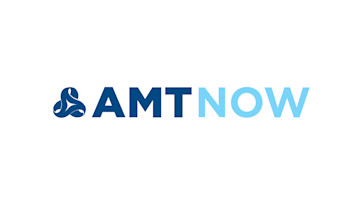Protolabs is a digital manufacturer of low-volume, custom, on-demand production parts and prototypes. Its manufacturing services include 3D printing, CNC machining, sheet metal fabrication, and injection molding services, and it has nine manufacturing facilities globally. Unlike Xometry, Protolabs is a manufacturer, not a middleman broker.
“Protolabs built its manufacturing model from the ground up, deciding to focus on speed and low volume simultaneously. We saw that prototype and low volume custom parts manufacturing was an underserved market due to the inefficiencies inherent in the quotation, equipment set-up, and non-recurring engineering processes required to produce custom parts, and that’s the problem we set out to solve,” said Dan Barsness, Global Vice President of Product, Protolabs.
Customers typically order short run custom parts when they need a prototype to confirm the form, fit, and function of a component or product under development; when they need an initial supply of parts to support pilot production for market testing of a product; or if a product will only be released in a limited quantity; or if they need to support end-of-life production cost-effectively. For Protolabs, low volume is between hundreds and tens of thousands, with the minimum part quantity being one for all services.
The company developed proprietary software and advanced manufacturing processes to automate much of the expensive skilled labor conventionally required in the quoting, production engineering, and manufacturing of custom parts. The platform automates many aspects of the process from design submission through manufacturability analysis and feedback, quotation, order submission, mold design, tool path generation, mold or part manufacture, and digital inspection.
Customers upload a 3D CAD file of their required part through an interactive web-based interface, and within minutes of design submission, the software analyzes the design, assesses the manufacturability of the design, and returns a firm price quotation with any recommendations for design modifications. The quoting system is highly interactive, enabling customers to change the material, finish, quantity, or shipping schedule of orders, and to instantly receive an updated quotation.
Protolabs’ business model and services create new opportunities for other manufacturers as well. It enables a manufacturer to say yes to work that does not fit into its business model and outsource that work to Protolabs, which frees up time to take advantage of business opportunities that are a better fit.
For more on the New Business Models series:
Read part one here. Velo3D – The industry’s first “SupportFree” manufacturing solution for 3D metal printing, enabling unlimited design innovation by reducing the need for support structures.
Read part two here. 3DEO – Intelligent Layering® technology for serial production, which competes successfully with traditional technologies like metal injection molding and CNC machining in terms of part pricing, material properties, and quantities.
Read part three here. Xometry – Manufacturing as a Service (MaaS) to improve the sourcing process and enable cost-effective and efficient sourcing of high-quality custom parts.
Read part five here. Tangible Solutions – Strategic move from manufacturing AM prototypes for a broad customer base to an exclusive focus on manufacturing class (I), (II), and (III) 3D printed titanium implants for the national market.
Read AMT’s full white paper on new business models here.





